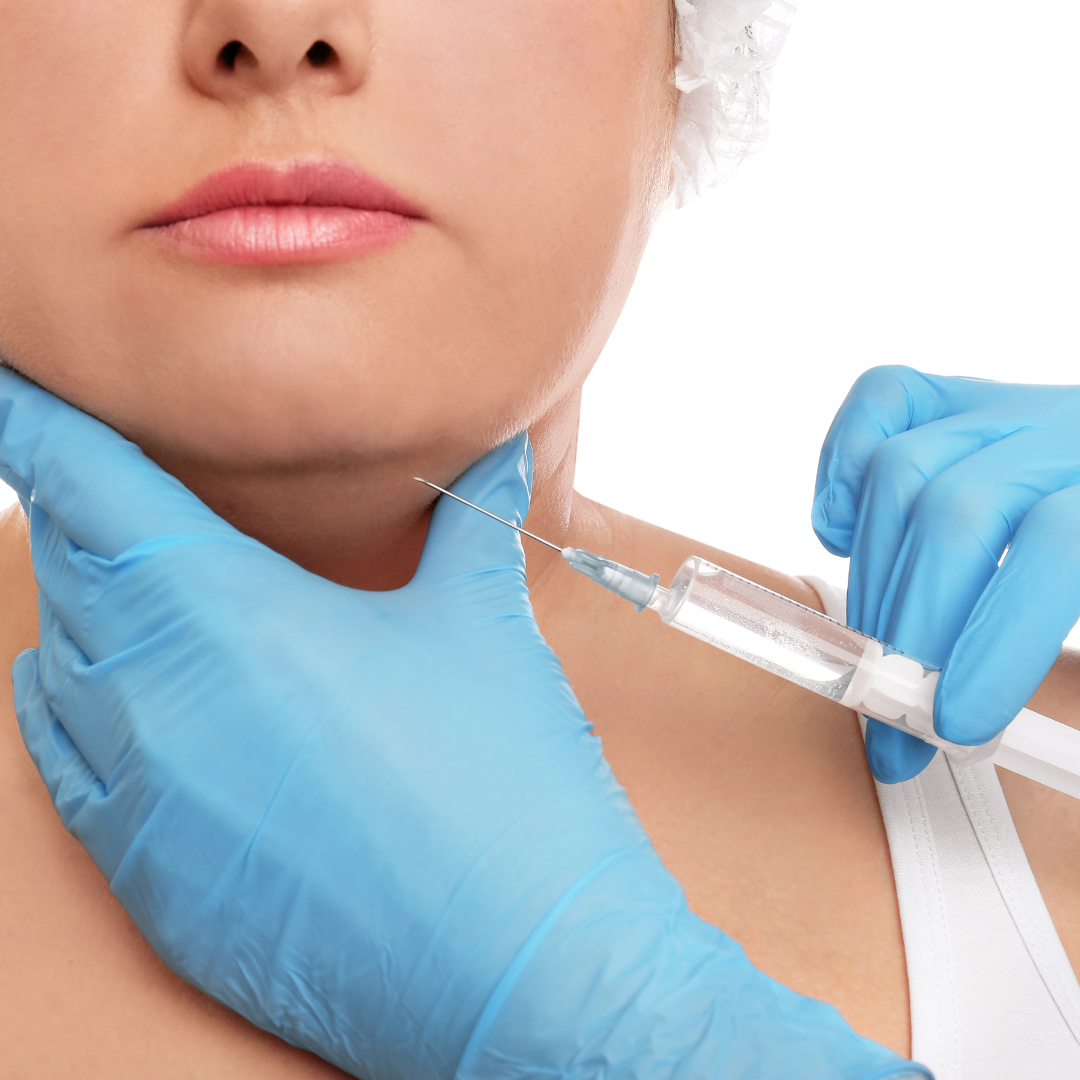
Facial fat transfer is a minimally invasive plastic surgery operation that adds or restores volume to your face by using fat from your hips, thighs, or stomach. It's also known as face fat grafting, fat injections, or lipofilling, and it's used to augment thin lips, restore sunken cheeks, and smooth deep nasolabial folds and marionette lines. It can also be used to make pitted scars look better.
Facial Fat Transfer Procedure
This involves a multistep procedure including liposuctioning fat from one area of the body, centrifuging or filtering the fat cells, and then injecting them into the treatment area in tiny droplets (often referred to as "microdroplets") to plump, lift, smooth, and reduce signs of aging such as volume loss.
When fat is filtered and purified further, it produces "nanofat," which can regenerate thin, crepey skin and fill in hollows around the eyes.
Because fat is one of the best sources of stem cells, autologous ("from the same person") fat transfer can also provide anti-aging advantages due to its growth factors and ability to stimulate collagen formation beyond the area where fat is transplanted. This aids in the general renewal of the face for a more youthful appearance.
Depending on the amount of fat collected and the locations to be filled, autologous fat transfer can take two hours.
Swelling, bruising, and discomfort are common side effects of liposuction, especially in the areas where the procedure was performed. In a week to ten days, most people return to work.
The three stages of a facial fat transfer surgery might take up to two hours, depending on the amount of fat transferred.
Harvesting the fat: You'll be given a local anesthetic with oral sedation after you and your physician decide where the fat will be removed by liposuction (typically on your thighs or abdomen). A small incision is created in the donor area, and the fat is removed and collected using a cannula (a thin, hollow tube) attached to a vacuum.
Fat purification: To remove contaminants, fat cells are spun in a centrifuge and filtered. After that, the purified fat is transported to smaller cannulas or syringes for injection.
Fat cells transfer: After your face has been numbed with local anesthesia, your surgeon will put a tiny cannula into the area that will be volumized and pass it in and out of the area many times. Until the desired result is attained, each pass deposits a line of fatty tissue. To live, the fat must rebuild a blood supply once placed in its final location.
Facial Fat Transfer Recovery
Because of the swelling, redness, and bruising, patients usually take a week off work following face fat grafting, however, most activities can be resumed after three to five days.
Other than exerting pressure on the grafted location, you must refrain from doing anything strenuous for several days to reduce the danger of bruising. Because the procedure is normally painless, recovery is usually quick.
For a few days, expect redness around the injection sites and minor discomfort or pain at both the graft and donor sites. Most folks won't require prescription pain relievers; over-the-counter choices should suffice.
Swelling should subside in a week or two, and you can speed up the process by elevating your head on cushions. Because we aim to increase fat survival, most surgeons do not advocate ice.
Bruising at the injection site should fade in two weeks and can be concealed with cosmetics.
Facial Fat Transfer Result
The outcomes of facial fat transfer will develop in stages, with the complete results visible 9 months after the treatment.
Approximately, 40% – 60% of fat cells will die off in the first three months. Most surgeons will overfill in anticipation of fat loss, thus the face will appear overfilled or puffy in the injected areas for the first two to four months. The volume will be at its lowest point after three to four months, and the fat cells that have survived will begin to plump up after four to nine months. I usually inform them that the results will not be completed for another nine months.
Alternatives to Facial Fat Transfer
Dermal fillers continue to be the most popular method for adding volume to the face. Filler is predictable, simple to apply, requires no downtime, and lasts anywhere from six months to a year or longer, depending on the amount used. Your doctor can advise you on the appropriate filler for your needs.
Final thoughts
The fat grafting or fat injection surgical process is done with the intention of enhancing the physical appearance of the area where the fat is injected. Like any surgical operation, being prepared and recognizing what to anticipate from your recovery may be very beneficial in reducing any pre-operative tension and assuring that the entire procedure goes well without a problem. Contact us to set up a consultation with Dr. Doshi to see if Facial Fat Transfer in Long Island is right for you.


